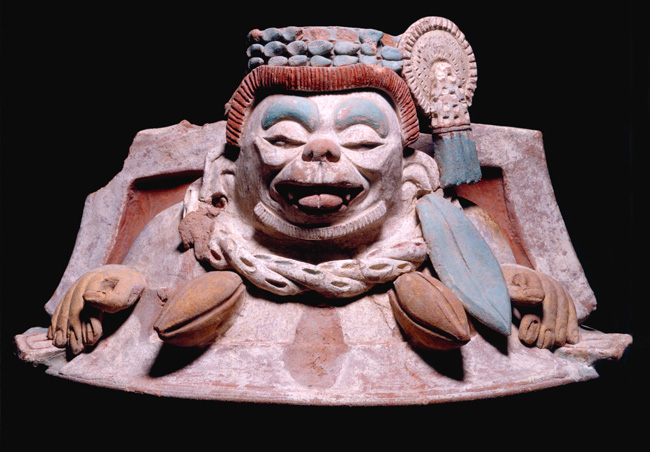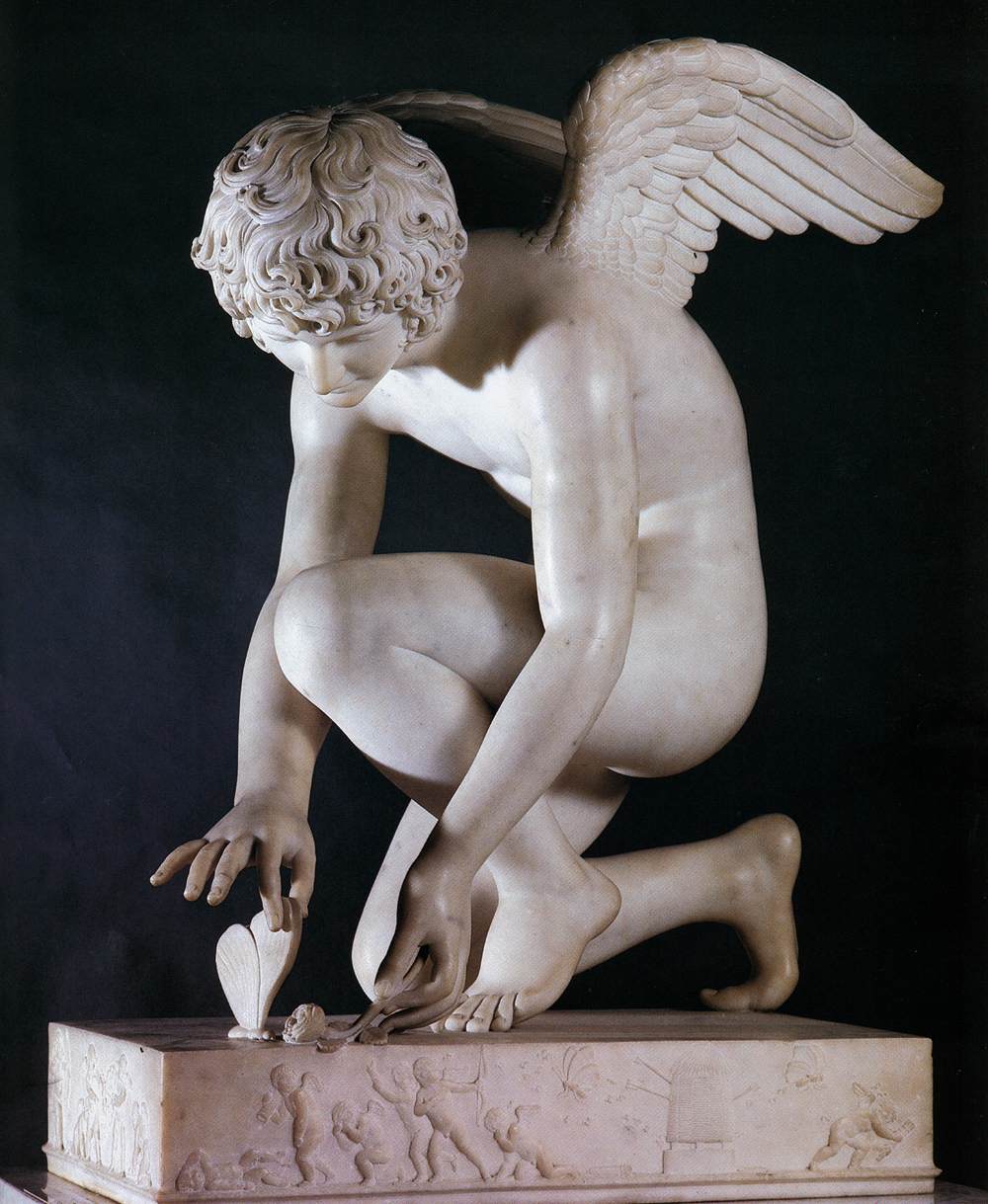By Catherine Clover – “In so far as Luang Prabang is like any other place, it is perhaps a little like an Austrian mountain village, with palms instead of pines”. Andrew Graham, Interval in IndoChina, London, 1956 [1]. Sitting atop the bank of the Mekong in Northern Laos is the […]
Author: patrick
The Genius of Carlo Marchiori
Pan Figure on Cabinet in Pompeian Style, Carlo Marchiori (Photo P.F. Sommerfeldt, 2012) By P. F. Sommerfeldt – Carlo Marchiori’s riotous imagination brings us back to 18th century Venice when everything was in excess, full of Baroque opulence. Born in Rossano near Venice in 1937and trained in Padua and Venice, […]
Maya and Aztec Chocolate History and Antecedents
By Patrick Hunt – Chocolate is perhaps one of the most intriguing foods in history, prized for thousands of years and now a global passion. Possibly originating in the understory Amazon rain forest, the small tree sought out by monkeys and other animals has produced a substance that has become […]
Ancient Classical Roots of Psychology
By Laura Rehwalt – How old is the idea of psychiatry and how long has psychotherapy been practiced? Most likely the Greeks and Romans had an inkling, even if these two words are fairly modern. And given that Plato and Galen had a few things to say as well, […]
Petrarch’s Virgil: Simone Martini’s Frontispiece Examined
By Patrick Hunt Francesco Petrarch’s (1304-74) father Ser Petracco – reputed to have known Dante – commissioned a copy of Virgil’s poetry (Publius Vergilius Maro) when the poet was young and this work formed a singular part of Petrarch’s peerless library. [1] This manuscript was so special to him that he […]
Whats Love Got to Do with It? The History of Valentines Day
By Noah Charney We tend to think of Valentine’s Day as a “Hallmark holiday:” an excuse to sell flowers, chocolates, and cards depicting cartoon birds, hearts, and teddy bears. To ask someone if they will be your “valentine” has evolved (or perhaps devolved) into a shorthand for a child-like crush’you […]
Alexander the Great’s Dream of the Nemeses at Smyrna
By Patrick Hunt – “Alexander was hunting on Mount Pagos, and that after the hunt was over he came to a sanctuary of the Nemeses, and found there a spring and a plane-tree in front of the sanctuary, growing over the water. While he slept under the plane-tree it is […]
Bruegel’s Hunters in the Snow, 1565
By Patrick Hunt – One of the most beautiful paintings in the world, Bruegel’s 1565 Hunters in the Snow (117 x 162 cm) has received much attention for the return of the trudging “weary hunters with drooping shoulders…turning their backs to the observer…characterizing the season” [1] at top left and the harmonious […]
Medieval Seals and Manuscripts from the Great St. Bernard Monastery
By LiHe Han and Derek DeRoche – The following article is written by two Stanford undergraduates who, thanks to the generosity of the Institute of Alpine Archaeology, were given the chance to travel to the Great St. Bernard monastery in Valais, Switzerland to study and catalogue medieval seals and documents […]
The Exotic History of Citrus
By Patrick Hunt – People have known for millennia some of the healthy benefits of citrus fruit. Citrus medica, for example, more commonly called the citron, has been extolled for its associations with Buddhism, as seen in the above nephrite jade Buddha’s hand citron, albeit fairly modern, since it literally […]








